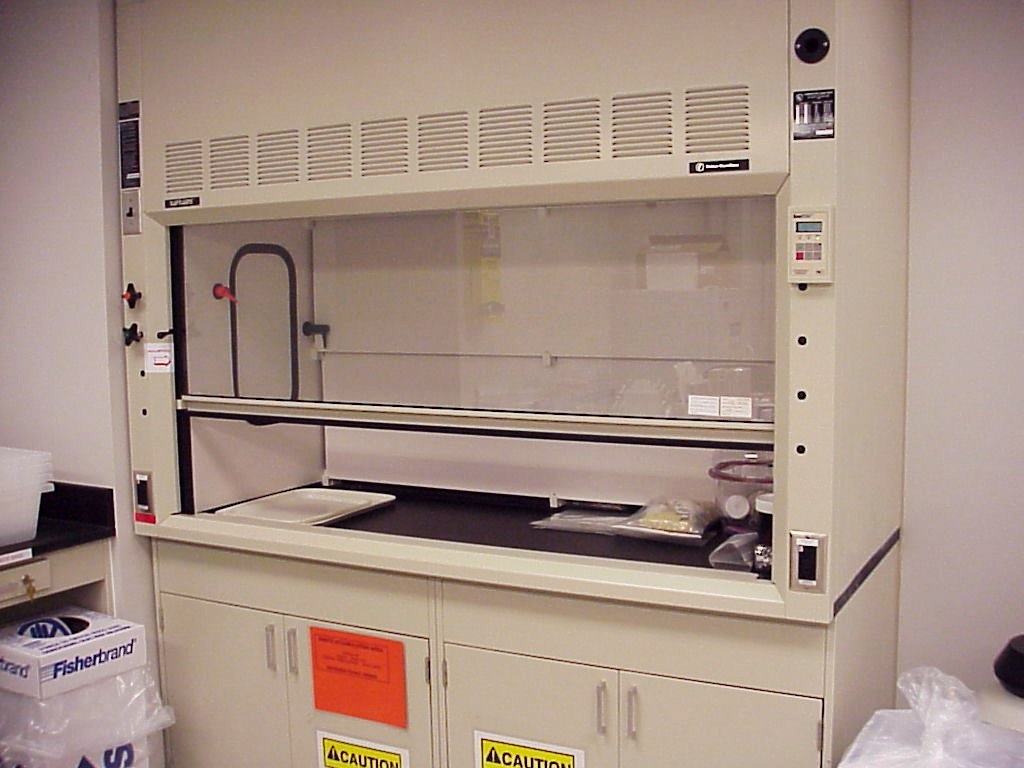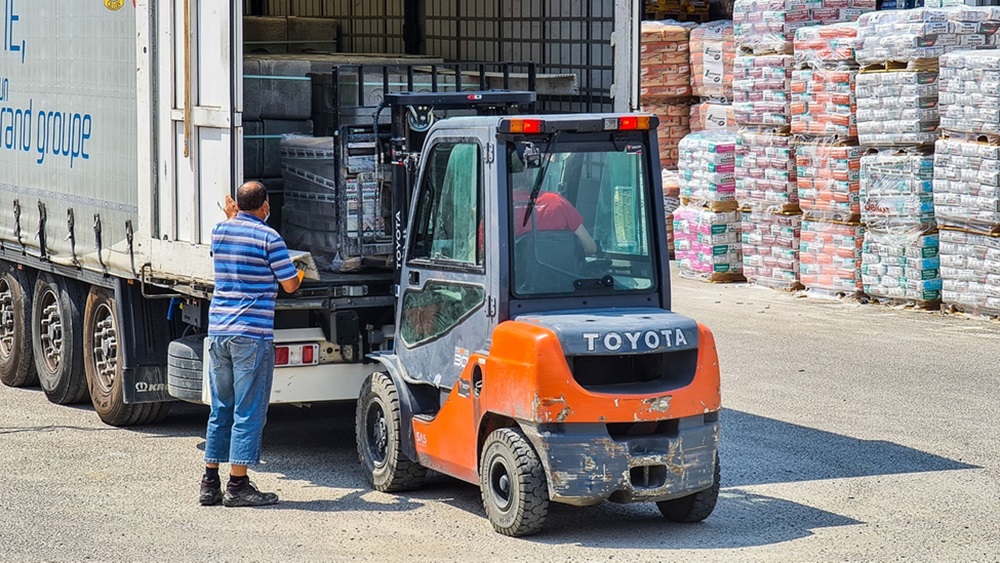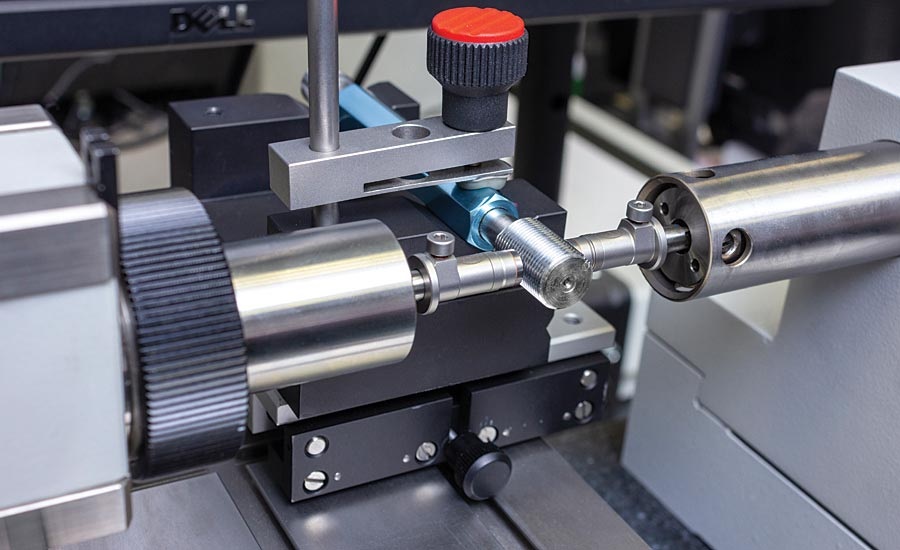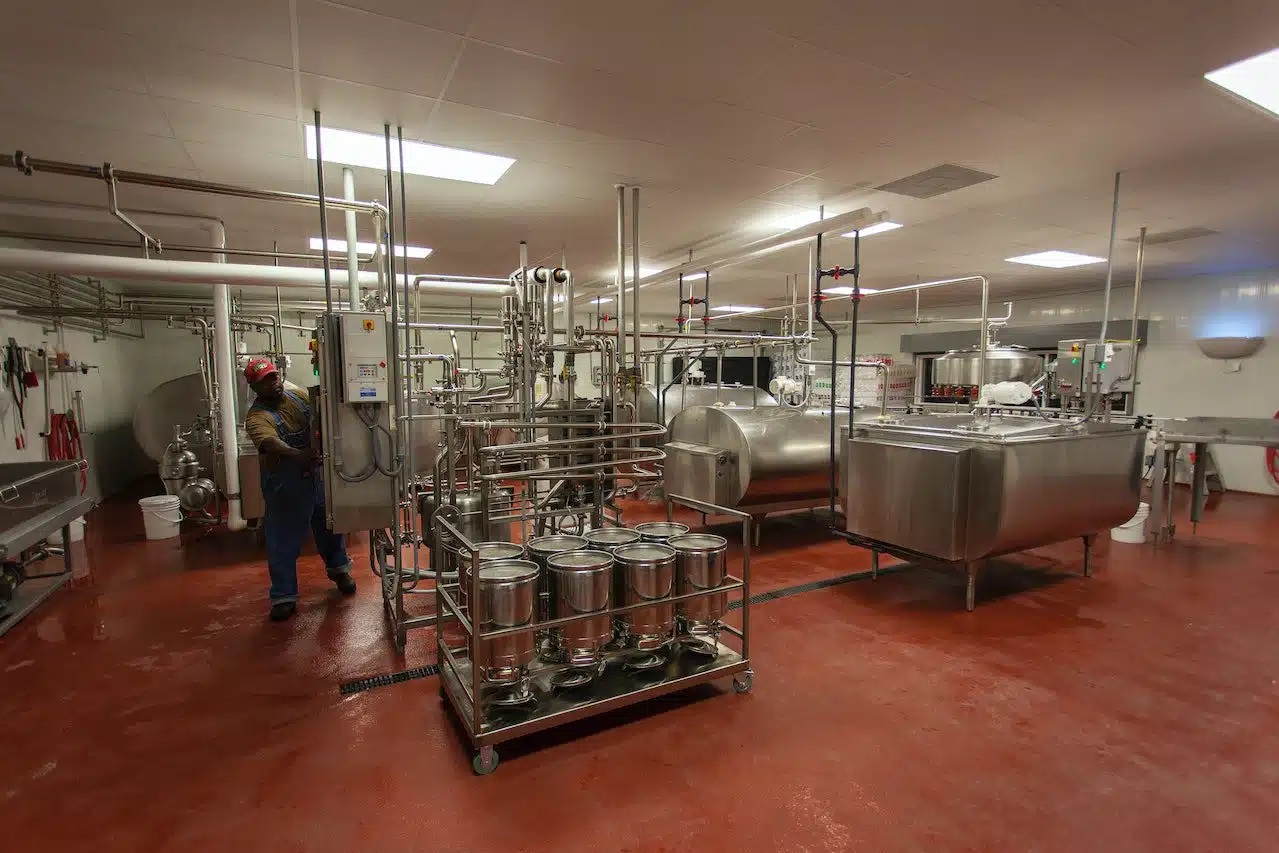In the ever-evolving landscape of scientific research, innovation is the driving force behind progress. Laboratories are at the forefront of this innovation, constantly seeking ways to improve safety, efficiency, and the quality of experiments. Among the key elements of any lab are laboratory fume hoods and metal lab cabinets, which play an essential role in facilitating research. This blog delves into the exciting innovations in laboratory fume hoods and their integration with metal lab cabinets, transforming the way modern research is conducted.
The Importance of Laboratory Fume Hoods and Metal Lab Cabinets
Laboratory Fume Hood: Safeguarding Health and Research Integrity
Laboratory fume hoods, often referred to as fume cupboards, have long been a cornerstone of laboratory safety. Their primary purpose is to protect researchers and the environment from exposure to hazardous chemical fumes, vapors, and particulate matter. These hoods are essential for conducting experiments with chemicals that could pose health risks.
Metal Lab Cabinets: Organizing and Securing Laboratory Materials
Metal lab cabinets, on the other hand, provide a means of organizing and securing laboratory materials. They are crucial for storing chemicals, glassware, and equipment safely, preventing cross-contamination and facilitating efficient workspaces. The choice of metal ensures they are resistant to chemical corrosion and fires, making them ideal for laboratory use.
Innovations in Laboratory Fume Hoods
As laboratories continue to push the boundaries of scientific discovery, innovations in laboratory fume hoods are transforming the research environment. Here are some of the notable advancements:
- Energy Efficiency
In an era where sustainability is a top priority, laboratory fume hoods have undergone significant changes to reduce their environmental impact. Traditionally, these hoods consumed large amounts of energy due to constant air exhaust. Innovations in variable air volume (VAV) systems have made it possible to adjust the airflow dynamically based on the workload. This not only conserves energy but also reduces operating costs significantly.
- Smart Technology Integration
The integration of smart technology into laboratory fume hoods has revolutionized the way researchers interact with these essential pieces of equipment. Smart fume hoods can monitor and control variables such as airflow, sash height, and air quality in real-time. Researchers can remotely monitor and adjust the fume hood’s settings, improving efficiency and safety while reducing the risk of human error.
- Enhanced Safety Features
Advancements in safety features have made laboratory fume hoods even more reliable. New designs incorporate features like automatic sash closures, which can shut the sash if a sudden change in airflow or unsafe conditions is detected. This ensures that researchers are protected even when they might not be aware of potential hazards.
- Ergonomic Design
Modern fume hoods are designed with ergonomics in mind. Adjustable sashes and work surfaces enable researchers to create comfortable and efficient work environments. Ergonomically designed fume hoods reduce strain and fatigue, enhancing the overall productivity of the laboratory.
- Sustainable Materials
In line with the push for sustainability, laboratory fume hoods are now being constructed with eco-friendly materials. From the materials used for the construction to the paints and finishes applied, manufacturers are making a concerted effort to reduce their environmental footprint.
The Synergy of Laboratory Fume Hoods and Metal Lab Cabinets
The advancements in laboratory fume hoods are often complemented by innovations in metal lab cabinets, resulting in a seamless, high-performance laboratory environment. Here’s how these two components work together:
- Improved Workflow Efficiency
Integration of metal lab cabinets within the laboratory layout ensures that researchers have easy access to necessary equipment, chemicals, and storage. This streamlined access optimizes workflow, reducing the time and effort required to retrieve materials and complete experiments. The compatibility of metal lab cabinets with the laboratory’s design fosters an organized workspace, enhancing overall efficiency.
- Enhanced Safety and Storage
Modern metal lab cabinets are designed with safety and storage in mind. They are constructed from high-quality materials that resist chemical corrosion, providing a secure environment for storing hazardous substances. Additionally, the incorporation of features like fire-resistant designs and proper ventilation in metal lab cabinets ensures that chemicals and equipment are stored safely, mitigating potential risks.
- Customization and Adaptability
The flexibility of metal lab cabinets allows them to be tailored to specific laboratory needs. Shelves, drawers, and other storage components can be customized to accommodate unique equipment and chemicals. This adaptability ensures that lab spaces are optimized for efficiency, safety, and organization.
The Future of Laboratory Research
Innovations in laboratory fume hoods and the seamless integration of metal lab cabinets represent a new era in laboratory research. These advancements not only improve safety and efficiency but also contribute to the sustainability of scientific practices.
As we look to the future, we can anticipate further developments in lab equipment that promote both safety and ecological responsibility. Researchers, equipment manufacturers, and environmentalists are working together to create a research environment that supports groundbreaking discoveries while minimizing the impact on our planet.
In conclusion, laboratory fume hoods and metal lab cabinets are undergoing significant innovations, providing a solid foundation for modern research. These advancements are driven by the need for energy efficiency, safety, and sustainability in laboratories. As the research landscape continues to evolve, the synergy of these critical components will ensure that scientists can push the boundaries of knowledge in an environment that is both efficient and safe.




